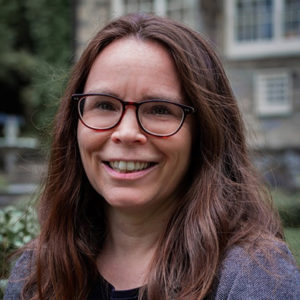The fledgling industry of carbon offsets — where greenhouse-gas-emitting activities are balanced by investments into planting trees, building solar panels, or other green practices — offers consumers solace and a sense of action in the wake of the nearly 44 billion annual CO2 emissions.
As tourism, and specifically flying, creates the bulk of these emissions, airlines have begun offering options to pay small surcharges to offset carbon emissions for seats on flights. A third-party offset vendor, Cool Effect, states that one purchase from their company is equal to one ton of carbon emissions that were not emitted.
But offset solutions are not cure-alls. Many consumers want more info about what exactly the charges are used for, and the extent of their impact, answers that are complicated and difficult to quantify.

Experts, such as Presidential Distinguished Professor of Chemical Engineering and Energy Policy Jennifer Wilcox, posit that carbon capture, specifically Direct Air Capture (DAC), offers a more concrete solution.
Wilcox, who joined Penn Engineering’s Department of Chemical and Biomolecular Engineering in 2020, is also currently putting her expertise into action as the current head of carbon management at the U.S. Department of Energy.
In a recent article from National Geographic, Wilcox describes DAC plants as concentrated, amplified forests, and discusses DAC as a more sustainable option when considering land use and ocean health.
“The terrestrial biosphere and the ocean only collectively uptake half of what we dump into the atmosphere every year. A direct air capture plant can be up to a hundred times more efficient than a forest per given land area. Land is a limited resource … the benefit of direct air capture is you don’t need arable land, so that’s why I think of [the direct air capture plants] as a synthetic forest.”
Read “Should you buy carbon offsets for your air travel?” at National Geographic.
